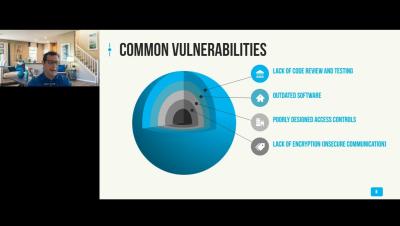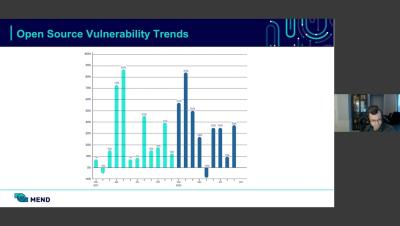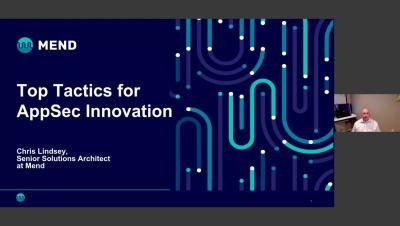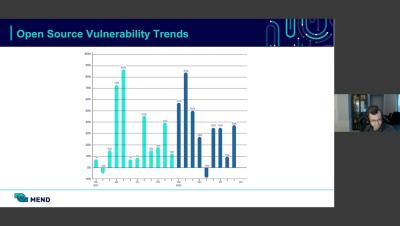DevSecOps best practices are increasingly being adopted to better secure software supply chains. The challenge, though, is finding ways to operationalize these processes so they’re seamless and development and deployment don’t slow down. Join Shiri Arad Ivtsan, Senior Director of Product Management – Mend.io, in this editorial roundtable as these experts explore the challenges DevOps teams and developers face in operationalizing security into their workflows and processes, what’s taking so long to do so and how AI and automation can help.











